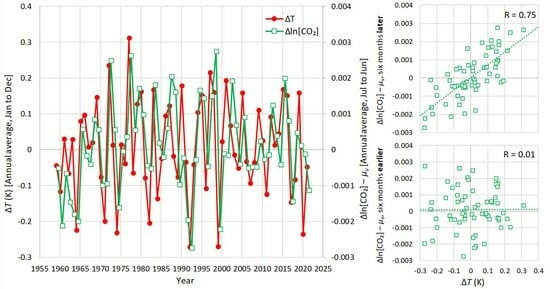by D. Whitehouse, Dec 20, 2023 in NetZeroWatch
While 2023 will be the warmest year of the instrumental era, nobody knows why or what it means for the future of climate trends.
As can be seen from the year-to-date graph from NOAA below, 2023 started off with non-exceptional global temperature average – but from June onwards all months broke global records. Such was the cooler start to the year that it was only in September that it became apparent that 2023 could be the warmest year, surpassing the previous holder – 2016 – another El Nino year.
Clearly El Nino has a lot to do with it, coming after an unusual three years of La Nina events that tend to absorb heat in the oceans, releasing it in a subsequent El Nino, as has now happened. So as far as this represents “accelerating climate change” (as NOAA contends) it is debatable as it is mostly a delayed heat distribution, but time will tell.
It is pertinent to say that climate scientists were a little puzzled at this year’s sudden temperature surge as they cannot quite explain it: their models neither predict it nor are they able to account for the surprise. Other factors have contributed to it including the ongoing lifting of the aerosol pollution, especially by China, and the use of new formula ship fuels. The Hunga Tonga explosion that injected water vapour into the stratosphere might have had an effect, though probably a minor one. The Sun reaching the peak of the solar cycle will also have had a small influence.
All this means that 2024 could be another record year if the El Nino progresses, but 2025 will probably see global temperatures fall somewhat. Some have speculated that this will make 2024 the first year to surpass the Paris Agreement’s 1.5C threshold, although a single year is not indicative of a long term trend.
But how would we know we have passed this threshold?
Redefining Climate
Continuer la lecture de 2023: Global temperature, statistics and hot air






